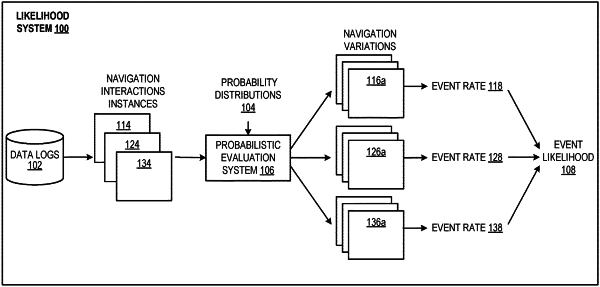| CPC B60W 60/0011 (2020.02) [B60W 30/0956 (2013.01); G06V 40/20 (2022.01); B60W 2554/4046 (2020.02); B60W 2554/4049 (2020.02)] | 20 Claims |

|
1. A method performed by one or more computers, the method comprising:
identifying an instance of a navigation interaction that includes an autonomous vehicle and one or more agents navigating in an environment;
generating a plurality of simulated interactions corresponding to the instance, comprising, for each simulated interaction:
identifying one or more of the agents;
for each identified agent and for each of one or more properties that characterize behavior of the identified agent, obtaining data representing a probability distribution over a set of possible values for the property, wherein the one or more properties comprise a reaction time of the identified agent to a stimulus;
sampling a respective value from each of the probability distributions; and
simulating the navigation interaction using a computer simulation of the environment that, for each identified agent, selects actions performed by the identified agent at a plurality of time steps using behavior predictions for other agents in the computer simulation, and wherein the simulating comprises:
selecting, based on the sampled value for the reaction time of the identified agent, a time window after a time step at which the stimulus occurred; and
selecting actions performed by the identified agent for the time steps in the time window using prior behavior predictions from time steps prior to the stimulus occurring;
determining, for each simulated interaction, whether a particular event occurred during the simulated interaction; and
determining a likelihood that the particular event would occur during the navigation interaction based at least in part on whether the particular event occurred during each of the simulated interactions.
|